Where is Morocco?
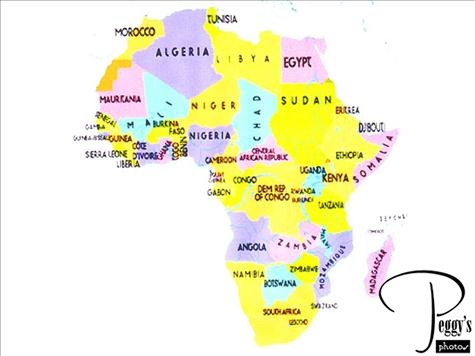
Morocco is in North Africa, separated by Mediterranean Sea from Spain. It has both Atlantic Ocean and Mediterranean Sea coastlines.

Where is Morocco?
Morocco Tour Map
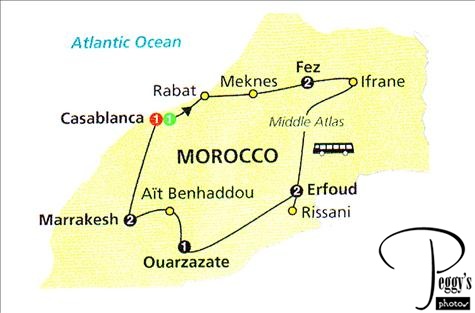
I took a Cosmos Tour of Morocco with the itinerary on this map. Cosmos is considered a budget tour, which means that we didn’t stay at the Sheraton but its itinerary is similar to more expensive tours and our hotels were very nice. It was a great tour and I highly recommend it.

Morocco Tour Map
Our Hotel in Casablanca
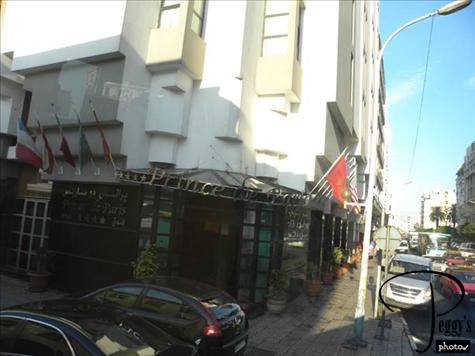
I was very glad to have finally arrived here––the Prince of Paris hotel. I had a very long total flight from Los Angeles via Washington DC to Madrid and then onward to Casablanca, Morocco. I do not trust airlines to leave on time so I scheduled long layovers and, of course, all then left on time. I changed U.S. dollars for Moroccan dirhams at the airport. When the clerk saw my American dollars, he said to me “Welcome America.” I had to wait for my shuttle from the Casablanca airport to take me to the hotel and had a chance to view what I have termed an Islamic dress fashion show at the airport. We are used to seeing photos or videos of Islamic women only dressed head to foot in black cloaks and wearing face veils––courtesy of our U.S. media––but this is not the case, at least in Morocco. Many colors, materials, and styles make up Islamic dress––some outfits so beautiful you would want them in your own closet. But you will see women dressed all in black wearing face veils but also women wearing Western clothes. Most Moroccans are Sunni Muslims.

Our Hotel in Casablanca
Morocco Food and Drink
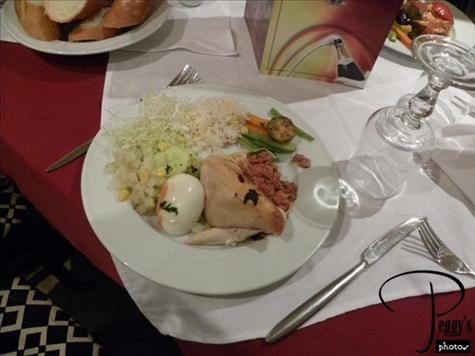
We had a meeting with our tour director, Rachid (pronounced Rasheed), who turned out to be a tour director extraordinaire (some photos of him later), but only for us who joined the tour in Casablanca. There was a large group from the UK who started the tour in Marrakesh (also spelled Marrakech), probably because flights are more direct from the UK to there. We had 43 on the tour with five Americans, a couple from Australia (originally from India), and couple from New Zealand (man originally from the UK and woman from Fiji). All the other tour members were from the UK. (I couldn’t have asked for a better tour group.) First off, we got warnings on food: Only eat cooked food and don’t eat goat cheese––not that raw food or the goat cheese is bad but tourists are not used to the bacteria in the cheese or in the water used to prepare raw food. Drink only bottled water and brush you teeth in it (what I had to do in China). Our first dinner was a buffet and we had to avoid all the wonderful salads being offered. I chose chicken, rice, an egg, rice, and cucumbers––I thought better about eating the cucumbers. I ordered wine (not included in the tour cost)––65 dirhams for 1/2 liter (1 dirham equals 12 cents U.S., so it cost $7.80. Very good wine considering that Morocco is a non–drinking Muslim country.

Morocco Food and Drink
From Casablanca to Fez
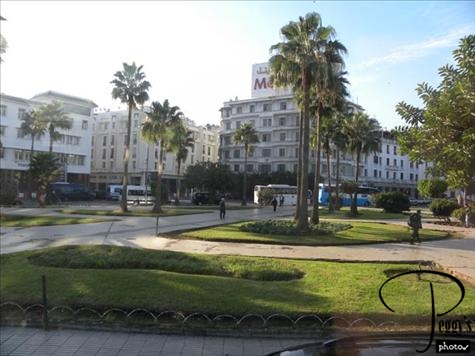
We left Casablanca early in the morning (we would tour Casablanca on our return) to head to Fez (also spelled Fes), about 194 miles. Photo: modern Casablanca.

From Casablanca to Fez
Passing a Men-Only Cafe
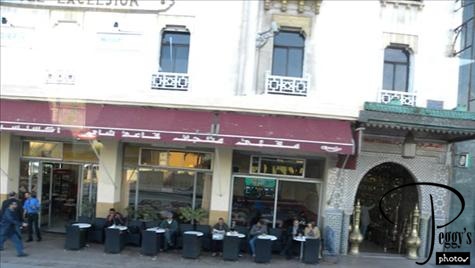
You see many “men–only cafes” in Morocco. It’s not that women aren’t allowed in them, but that women usually don’t go into them. Rachid says that these are the traditional cafes, whereas you’ll see both men and women in more modern ones.

Passing a Men-Only Cafe
Street Scene
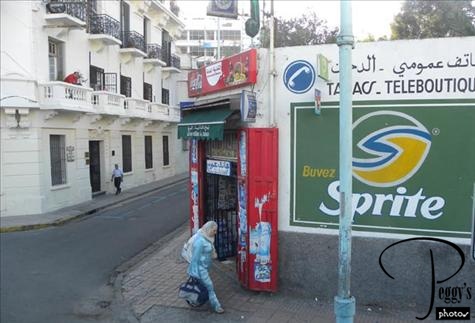
A woman walking by herself (and many Islamic women do this) dressed in a hijab (head scarf) and what I think what is called a chador (I cannot find a definitive description of what each item of Islamic wear entails). Chadors are more closely fitted cloaks than are the abayas and are all colors and materials. It was about 80 degrees during the day at this time of the year but this is cool to Moroccans who are used to much hotter summer temperatures. You can think of the chadors as coats. Rachid told us that during the hot summer months you see fewer woman in Islamic dress and more in cooler Western clothing. He is also of the opinion that women who have really nice hair do not wear hijabs to cover it. There is no government dress code in Morocco.

Street Scene
Another Street Scene
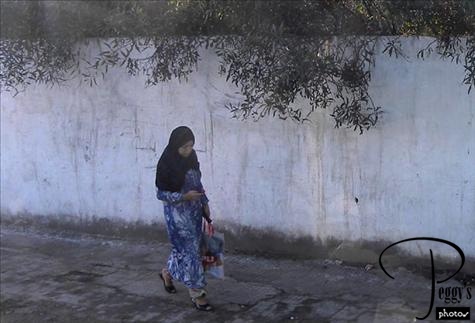
This woman is wearing a chador but with a different kind of head scarf, one called a khimar––a head covering with a long tail.

Another Street Scene
Another Part of Casablanca
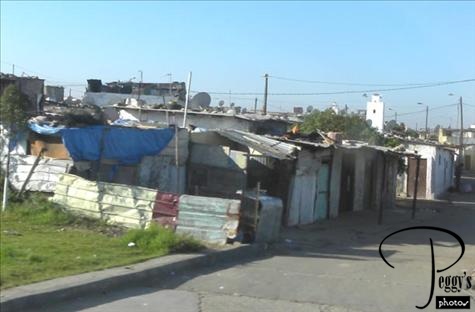
Not nice housing in Casablanca. Almost all the Moroccan cities had beautiful upper–class houses, more functional middle–class houses, and less desirable housing for the poorer people.

Another Part of Casablanca
The Atlantic Coast
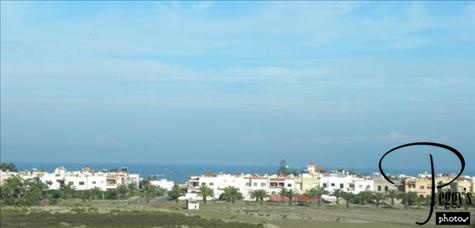
This looked like a beautiful place to spend some time. I suggested to Rachid that Cosmos should add a day here for rest and relaxation at the end of the tours.

The Atlantic Coast
In Rabat
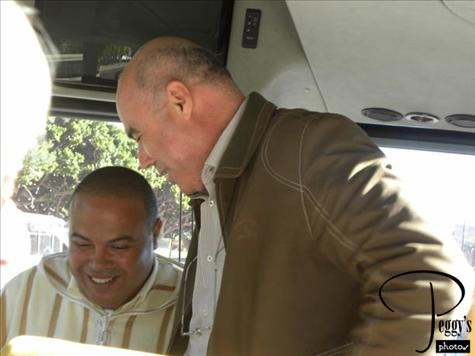
We have arrived in Rabat and have picked up our local guide, Hamid. Our Cosmos tour guide, Rachid, is the fellow on the right.

In Rabat
Hamid
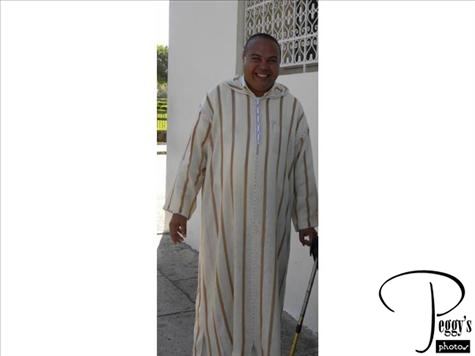
Hamid is wearing a jellaba over his regular clothes.

Hamid
The Royal Palace
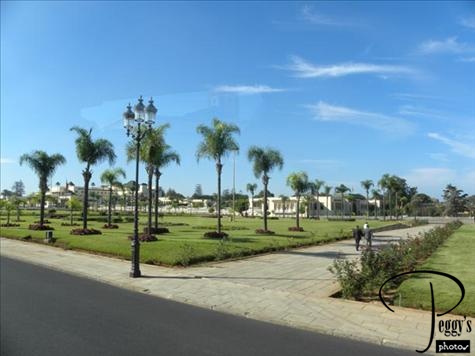
Rabat, the second largest city in Morocco (Casablanca is the largest), is the political, administrative, and financial capital of Morocco. Photo: The grounds of the Royal Palace. Morocco is a kingdom: its king is Mohammed VI. France imposed colonial rule in Morocco in 1912 and ended it in 1956, restoring the kingdom.

The Royal Palace
In Rabat
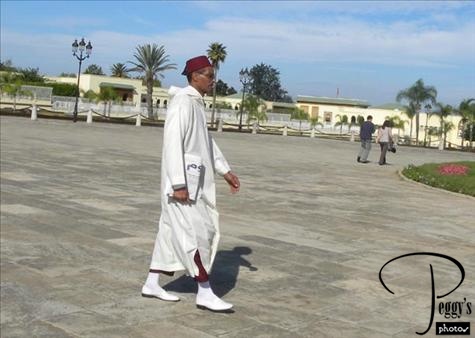
This man is also wearing a jellaba. You will see many different types of caps on the men, sometimes even baseball caps.

In Rabat
The Royal Palace
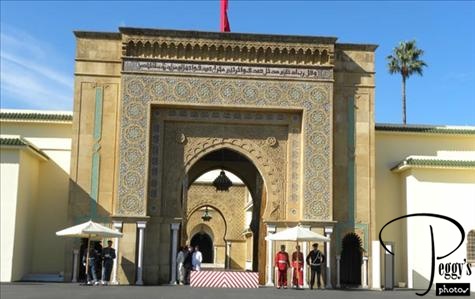
Front of the Royal Palace, built in 1864. We were only allowed to view it from the outside.

The Royal Palace
The Royal Palace
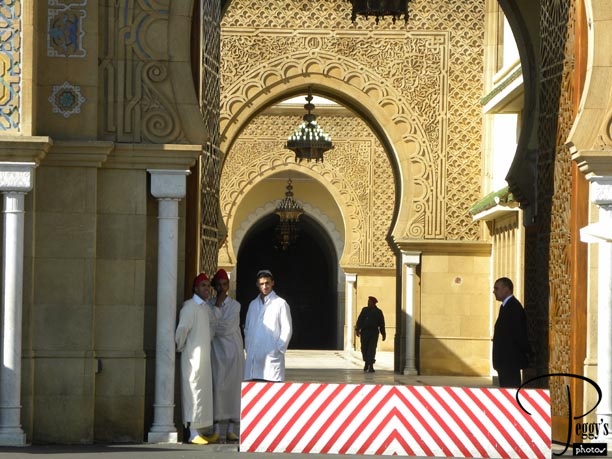
Closer–up view.

The Royal Palace
In Rabat
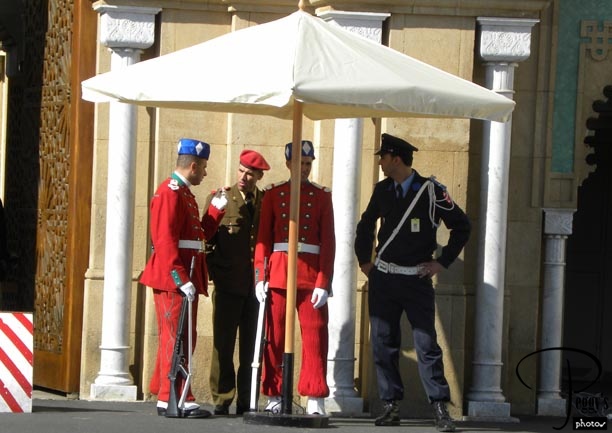
The palace guards. They seem very relaxed, probably because the king is not in residence. Rachid told us that the king is very popular. The king also drives his own car.

In Rabat
The Royal Palace
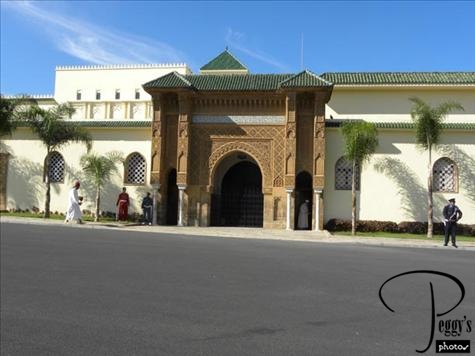
More of the Royal Palace.

The Royal Palace
The Royal Palace
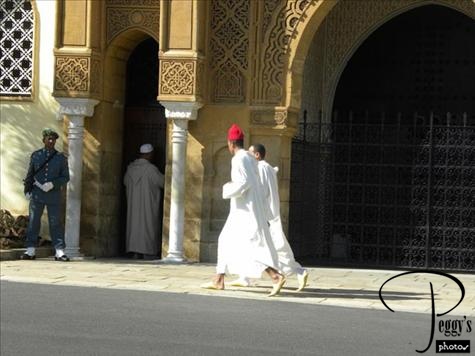
More men in jellabas.

The Royal Palace
The Royal Palace
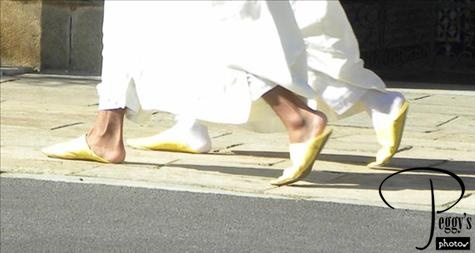
Their shoes. I don’t know their specific name but you can buy these shoes in the medinas (market places).

The Royal Palace
The King’s Mosque
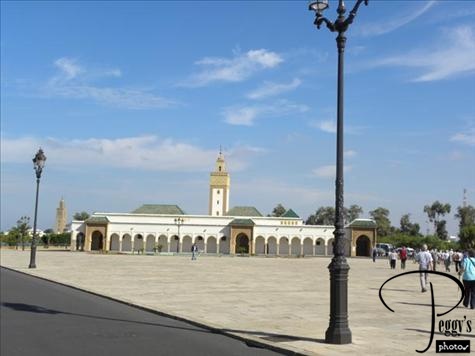
Across from the Royal Palace is the king’s mosque.

The King’s Mosque
The King’s Mosque
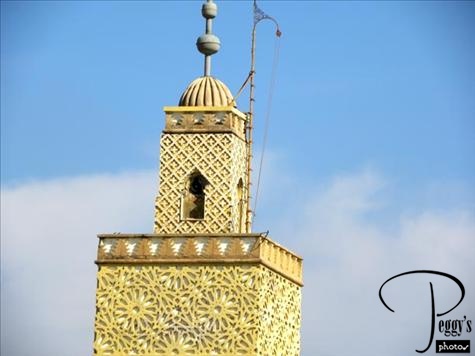
The top of the minaret of the king’s mosque. I later saw similar patterns as these on some houses in Segovia, Spain.

The King’s Mosque
City Walls
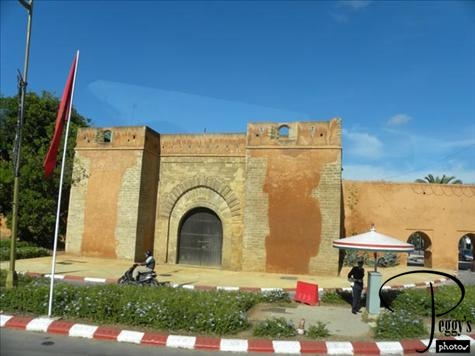
Back on the bus driving past the old city walls.

City Walls
The Bar Zaer
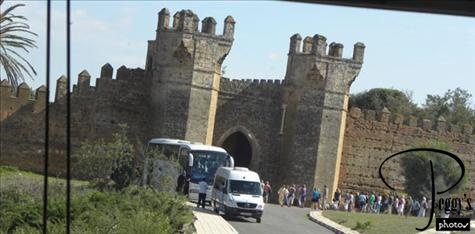
The Bar Zaer, the gate to the Chellah Necropolis, our next stop.

The Bar Zaer
The Chellah Necropolis (See Movie)
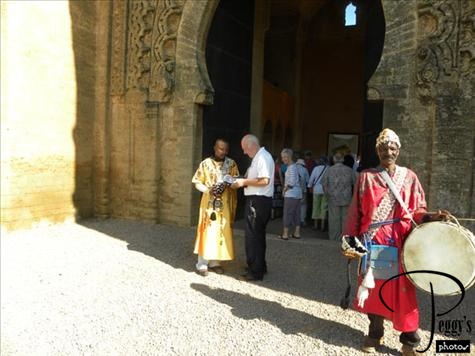
These Moroccan dancers greet visitors to the Chellah Necropolis. I have put a movie clip on this website of them dancing: Go to Movies, Morocco, “Moroccan Dancers at Chellah Necropolis.”

The Chellah Necropolis (See Movie)
The Almohad Gate
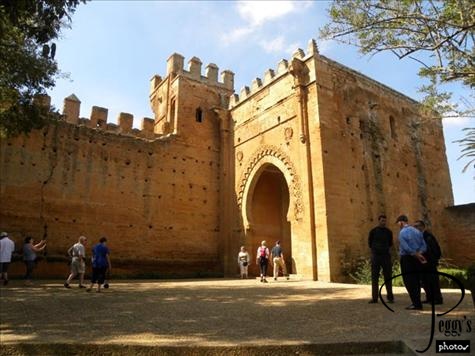
The Almohad Gate, built in 1339 by Abou el–Hassan, a Merenid sultan. The Merenids ruled Morocco from 1248–1465. (Many historic buildings and structures have been restored in Morocco, many with UNESCO funds. How much restoration this gate has had I do not know.)

The Almohad Gate
The City Wall
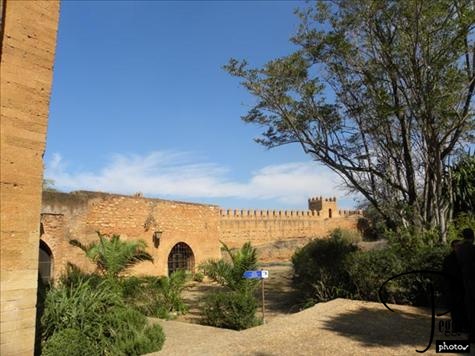
The 14th–century city walls.

The City Wall
The Chellah Necropolis
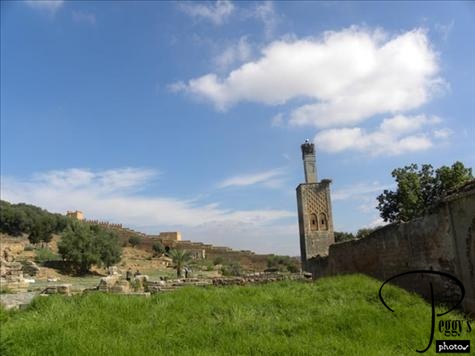
The Chellah Necropolis was built on the site of the Roman city of Sala Colonia, which was abandoned in 1154 AD. Roman ruins can still be seen here. In 1284, Abou Yacoub Youssef, the first Merinid caliph, built the Chellah Necropolis here as the site of a mosque and burial place for his wife. It also became the burial place of Youssef and his two successors. About 30 graves have been discovered. The Necropolis also served as a hostel for students and pilgrims. It was abandoned at the end of the Merinid dynasty and mostly destroyed by the Lisbon, Portugal, massive earthquake in 1755.

The Chellah Necropolis
The Chellah Necropolis
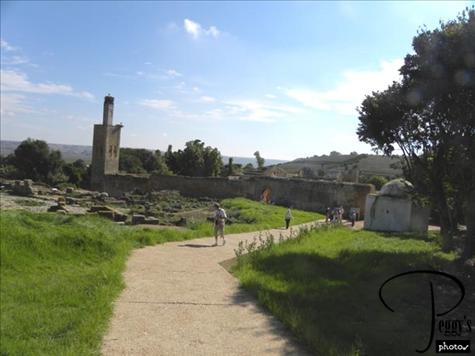
Another view.

The Chellah Necropolis
The Chellah Necropolis
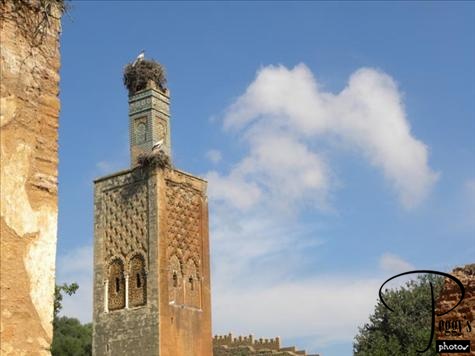
The mosque’s minaret, with stork nests on its top.

The Chellah Necropolis
The Chellah Necropolis
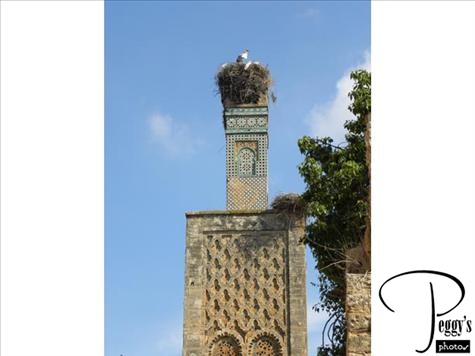
Closer–up view.

The Chellah Necropolis
The Chellah Necropolis
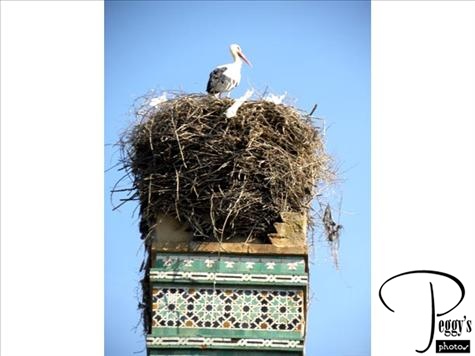
More closer–up.

The Chellah Necropolis
The Chellah Necropolis
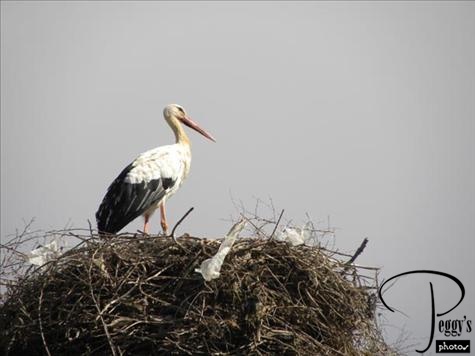
And still more closer–up.

The Chellah Necropolis
The Chellah Necropolis
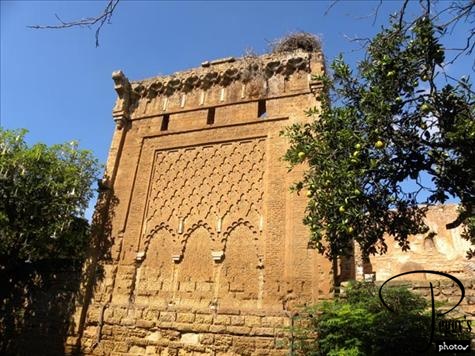
The mosque.

The Chellah Necropolis
The Chellah Necropolis
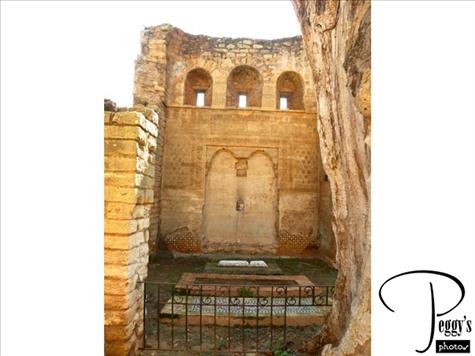
More of the mosque.

The Chellah Necropolis
The Chellah Necropolis
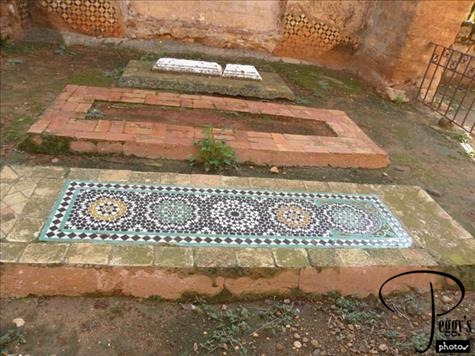
Some of the graves.

The Chellah Necropolis
The Chellah Necropolis
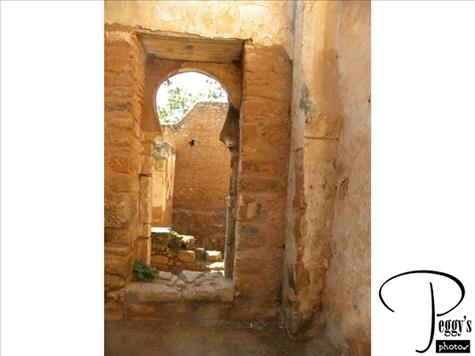
More of the mosque.

The Chellah Necropolis
The Chellah Necropolis
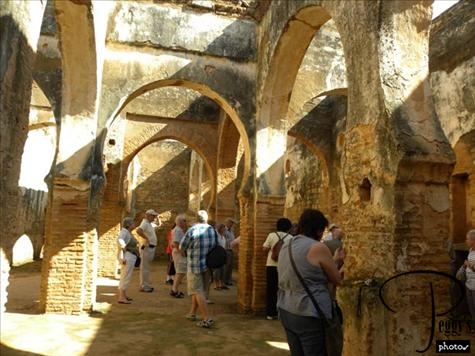
More of the mosque.

The Chellah Necropolis
The Chellah Necropolis
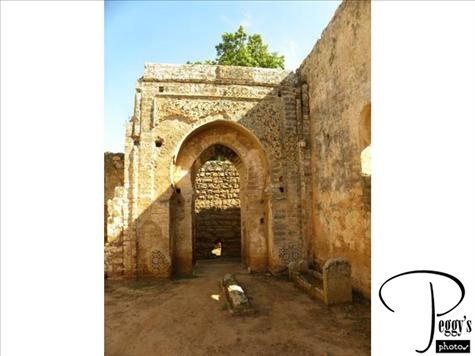
More of the mosque.

The Chellah Necropolis
The Chellah Necropolis
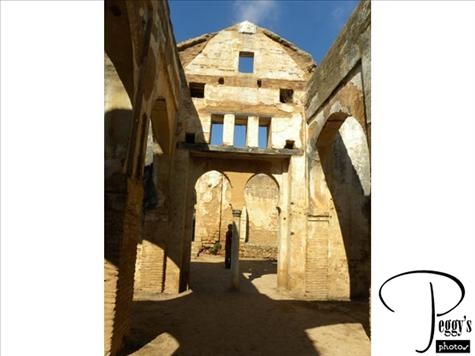
More of the mosque.

The Chellah Necropolis
The Chellah Necropolis
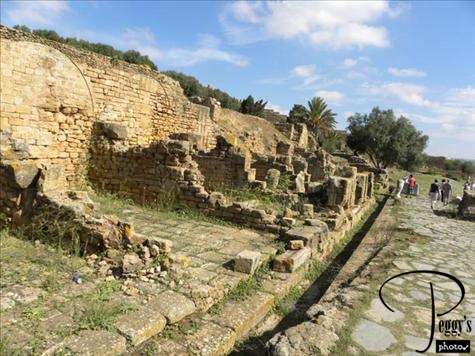
A Roman street.

The Chellah Necropolis
The Chellah Necropolis
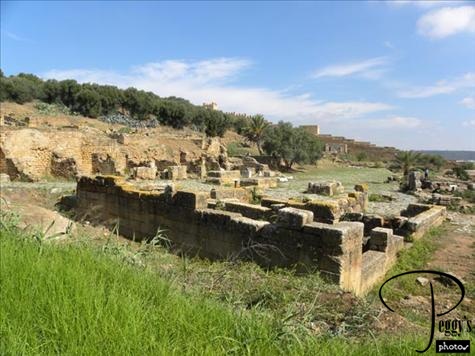
More Roman ruins.

The Chellah Necropolis
The Chellah Necropolis
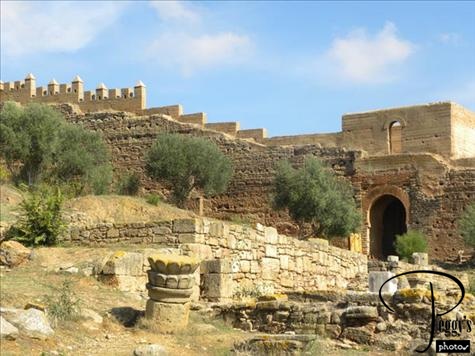
More of the 14th–century walls.

The Chellah Necropolis
The Chellah Necropolis
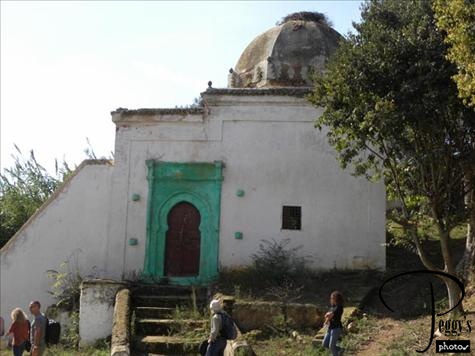
I couldn’t find information on this building at the necropolis––perhaps a burial chamber.

The Chellah Necropolis
The Chellah Necropolis
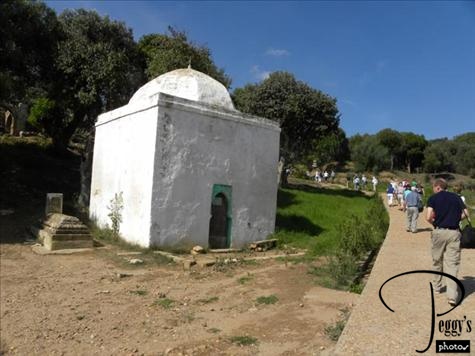
Perhaps this is a burial chamber as well.

The Chellah Necropolis
The Chellah Necropolis
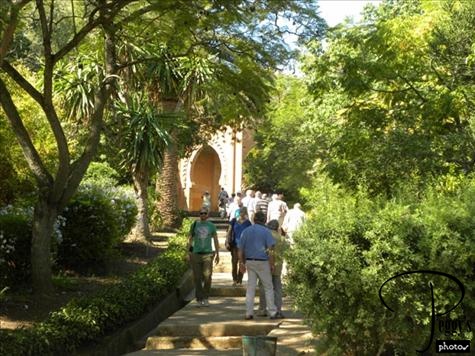
Walking up the hill to the gate.

The Chellah Necropolis
The Chellah Necropolis
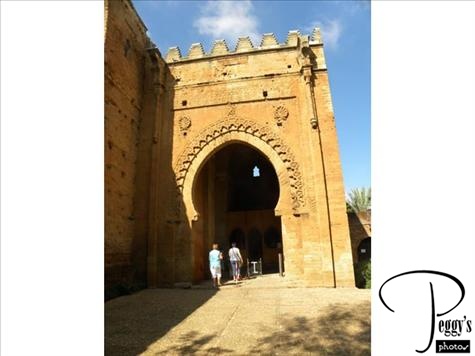
The beautiful gate.
